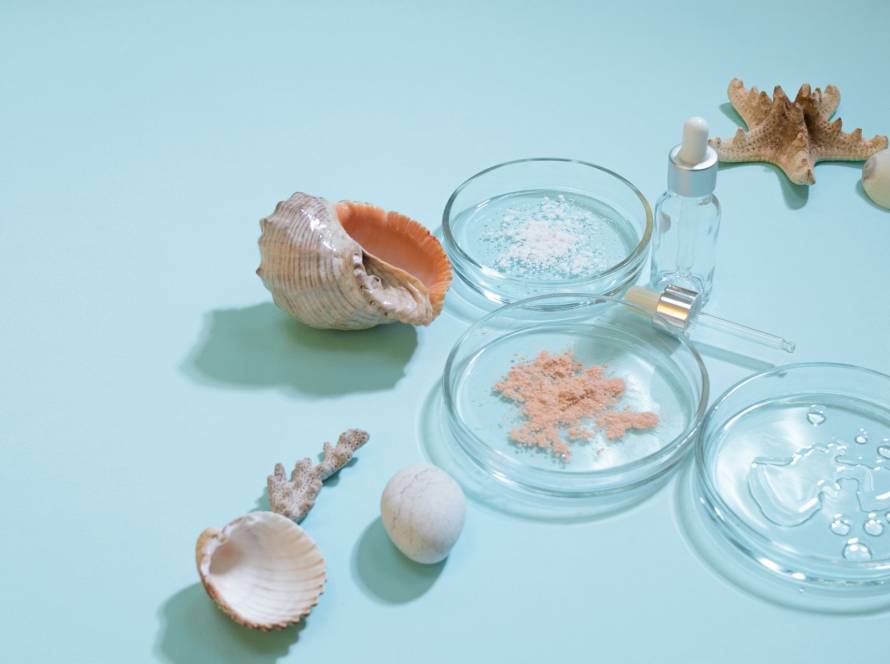The duration of naltrexone side effects can vary by a lot based on the formulation used. Most symptoms go away within 1-2 weeks for patients who take oral naltrexone. A controlled double-blind clinical study revealed that patients who took naltrexone three times weekly had fewer daily side effects than other dosing schedules.
This piece explores how long do naltrexone side effects last and what makes them last longer or shorter.
Naltrexone side effects: how long they last
Naltrexone side effects usually appear within the first few days of starting treatment and often subside within 1 to 2 weeks as the body adjusts. Common symptoms like nausea, headache or fatigue are typically mild and short-lived, especially with oral doses.
In some cases, such as with extended-release injectable naltrexone (vivitrol), side effects may last a bit longer, up to several days or weeks, due to the slow-release formulation. For those taking low-dose naltrexone (ldn), side effects are generally minimal and tend to resolve within a few days to a couple of weeks. If symptoms persist beyond this or become severe, it’s important to consult a healthcare provider.
What is naltrexone and how is it used?
Naltrexone works as an opioid antagonist that blocks the euphoric and sedative effects of opioids by binding to opioid receptors in the body.
Approved uses: alcohol and opioid dependence
The FDA has approved Naltrexone mainly for two uses: alcohol use disorder (AUD) and opioid use disorder (OUD). The medication blocks endorphin receptors to treat alcohol dependence, which reduces alcohol cravings and consumption. Research shows that naltrexone can cut down heavy drinking days by 25% compared to placebo. The drug blocks euphoria and physiological dependence linked to substances like heroin, morphine and codeine when used for opioid treatment. Patients must be completely opioid-free for 7-10 days before starting naltrexone (or at least 14 days for those who used methadone) to avoid withdrawal symptoms.
Off-label uses: low-dose naltrexone (LDN) for chronic conditions
Studies show that low-dose naltrexone (LDN) uses about 1/10th of the typical opioid addiction treatment dose, usually around 4.5 mg daily. LDN has shown promising results in treating chronic conditions. A study of Crohn’s disease patients found that 88% of participants receiving LDN showed most important improvement in disease activity scores after 12 weeks, while only 40% improved with placebo. LDN has also helped patients with fibromyalgia, multiple sclerosis, complex regional pain syndrome and autoimmune conditions. The treatment works in an unexpected way, small doses briefly block opioid receptors, which triggers more production of natural opioids that can reduce inflammation and pain.
What are the common side effects of naltrexone?
Patients who take naltrexone often experience various side effects. These effects can change based on the dosage and how we take the medicine. We should know what to expect before starting treatment.
Naltrexone’s most common side effects include nausea, headache and fatigue. Clinical studies show that patients deal with anxiety, nervousness, insomnia and dizziness. Stomach problems are especially common when we have vomiting. These symptoms usually show up right after starting treatment. They often feel like mild opioid withdrawal symptoms because naltrexone blocks opioid receptors.
How long do naltrexone side effects last?
The side effects of naltrexone can last for different periods based on the type used, personal factors and dosage amounts. This information helps patients know what they might experience during their treatment.
Oral naltrexone: typically 1–2 weeks
Side effects from oral naltrexone tablets don’t last long. They usually clear up in a few days to about two weeks. Patients might notice stomach issues, headaches and tiredness at first, but these symptoms fade as their body gets used to the medicine. Research shows that problems like nausea peak right after starting treatment but usually go away within a week. A small number of people might have mild effects that last up to a month.
Injectable naltrexone: up to several weeks
Extended-release injectable naltrexone (Vivitrol) side effects tend to last longer than the oral version. The medication stays active in our system for at least a month, so any unwanted reactions might stick around until the drug wears off. The strongest side effects like nausea usually show up after the first shot and become milder with later treatments. Injectable naltrexone’s half-life ranges from 5 to 10 days, which explains why side effects can last longer. The injection site might also remain sore or irritated for several days afterward.
Low-dose naltrexone: usually mild and short-lived
Low-dose naltrexone (LDN) brings fewer and milder side effects than regular doses. In fact, according to studies, only 11% of patients report any problems with LDN. Sleep issues top the list of complaints, but these usually clear up within two weeks. Other effects such as nausea and vivid dreams affect less than 1% of users and don’t last long.
Factors that influence duration: dosage, metabolism, form
The duration of naltrexone side effects depends on several key factors:
- Medication form: injectable versions last longer than oral tablets;
- Individual metabolism: our body’s naltrexone clearance ranges from 30 to 127 mL/min;
- Dosage: higher amounts usually mean longer-lasting side effects;
- First-time use: effects often become milder with ongoing treatment;
- Individual sensitivity: our genes might affect how well we handle the medication.
People new to naltrexone usually experience stronger side effects that become milder over time, especially with oral tablets.
When to seek medical advice and how to manage symptoms
We need to know at the time naltrexone side effects need medical attention to ensure safe treatment. Most adverse reactions go away without intervention, but some symptoms need professional review.
Persistent or worsening symptoms after 2–3 weeks
Most side effects from naltrexone should diminish within the first two weeks of treatment. We should consult a healthcare provider if gastrointestinal issues, headaches or other common reactions last beyond this timeframe. The same applies if our symptoms get worse instead of better over time. If we have injectable naltrexone (Vivitrol), injection site reactions that last longer than several days might indicate complications that need review.
Signs of liver issues or allergic reactions
Naltrexone can occasionally cause serious liver complications. Contact our healthcare provider right away if we notice signs of liver damage:
- Yellowing of skin or eyes (jaundice);
- Dark urine or light-colored stools;
- Persistent abdominal pain;
- Unusual fatigue or weakness;
- Loss of appetite.
Allergic reactions are rare but need emergency care if we experience breathing difficulties, swelling, rash, hives or throat tightness. Mental health changes deserve immediate attention, especially increasing depression, suicidal thoughts or unusual behavioral changes.
Strategies to reduce side effects: food, hydration, dose titration
We can take several steps to minimize naltrexone side effects. Taking oral naltrexone with food helps reduce nausea and digestive discomfort. Good hydration helps reduce headaches and dizziness. Starting with lower doses (25mg daily instead of 50mg) and gradually increasing them can help if we experience strong reactions. With low-dose naltrexone, starting at minimal doses (1-1.5mg) before working up to target levels often prevents the original side effects.
Monitoring and follow-up with healthcare providers
Regular monitoring is vital throughout naltrexone treatment. Our healthcare provider will check our progress at scheduled intervals, which may include blood tests to review liver function. Baseline and periodic liver testing becomes especially important if we have hepatitis B/C or HIV. Quarterly monitoring is enough for most patients, but we might need more frequent checks if we have pre-existing conditions or concerning symptoms. Tell our provider about any new medications, including over-the-counter products, to prevent adverse interactions with naltrexone.
The first phase of naltrexone treatment might feel tough, but most patients can handle these temporary side effects. The benefits shown in treating alcohol dependence, opioid use disorder and other conditions outweigh these short-term challenges. A doctor’s supervision and knowledge of what lies ahead helps naltrexone work as part of our treatment while letting us maintain our daily routine.


